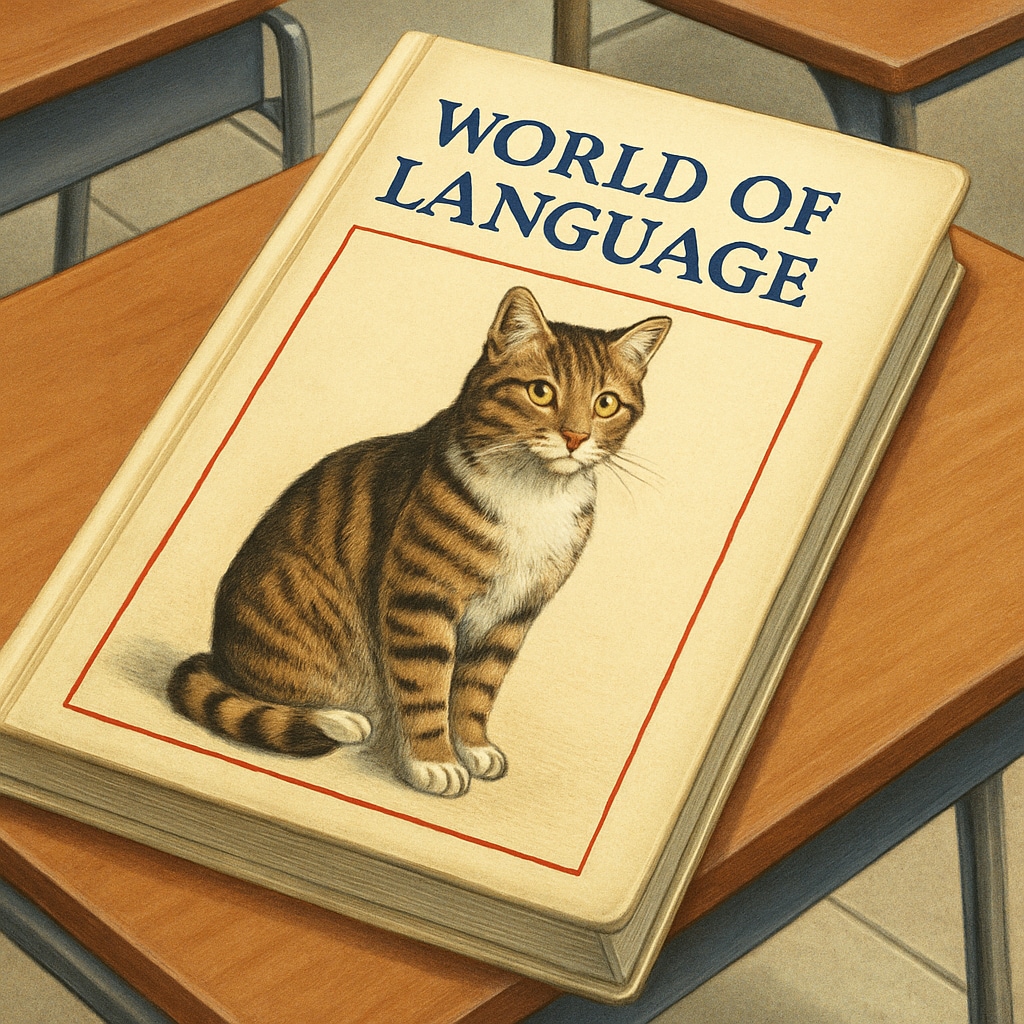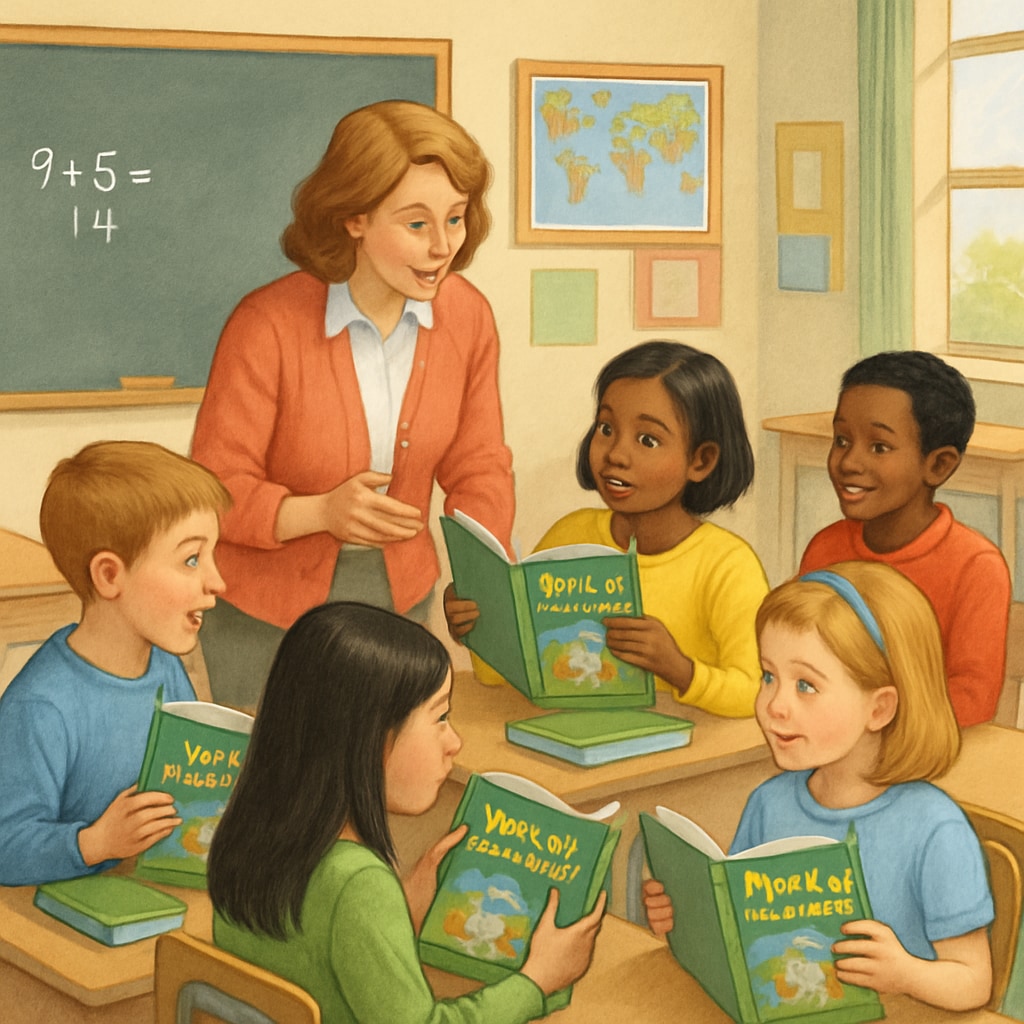For many students who grew up in the era of structured elementary education, the “World of Language” textbook stands out as an enduring memory. Its distinctive cover featuring an inviting illustration of a cat—both whimsical and approachable—became synonymous with language learning. But beyond its visual appeal, “World of Language” offered innovative teaching methods that laid the foundation for students’ communication skills, blending scientific reading techniques with the cultivation of natural speech abilities.

The Unique Approach of “World of Language”
“World of Language” was more than just a textbook; it was a carefully crafted tool that introduced young learners to the complexities of language in a digestible and engaging way. The curriculum was designed to build confidence in reading, writing, and speaking through activities that emphasized creativity and comprehension. For example, students might practice sentence construction by rearranging word tiles or delve into storytelling exercises that encouraged expressive thinking. These methods helped bridge the gap between technical literacy and intuitive communication.
One of the standout features of this curriculum was its ability to appeal to diverse learning styles. Whether a child excelled with logical grammar rules or preferred hands-on creative exercises, the textbook provided pathways to success. In addition, its use of relatable themes and characters made learning feel less like a chore and more like an adventure.
Balancing Scientific Reading with Natural Speech
In the educational landscape, debates often arise about the best way to teach language. Should schools prioritize structured reading techniques, such as phonics and grammar drills? Or should they focus on fostering natural speech and conversational fluency? “World of Language” managed to strike a balance between these two approaches.
Its structured sections on phonics and sentence mechanics equipped students with the technical tools to decode language systematically. Meanwhile, its storytelling prompts, dialogue exercises, and role-playing scenarios encouraged a more organic development of verbal expression. As a result, students were able to transition seamlessly between formal learning environments and real-world conversations.
For more on structured phonics approaches, see Phonics on Britannica. To explore natural speech development theories, visit Second Language Acquisition on Wikipedia.

Personal Reflections: Nostalgia and Lessons
For many, opening the pages of “World of Language” today would spark a wave of nostalgia. The playful yet instructive exercises, the comforting presence of the iconic cat, and the sense of accomplishment after completing a chapter all represent cherished memories. Personally, I recall how the textbook made grammar lessons feel far less intimidating, presenting them as puzzles to solve rather than rigid rules to memorize.
These reflections also raise important questions about modern language education. Are today’s methods as engaging and effective as those of “World of Language”? While technology has introduced interactive apps and gamified learning experiences, the tactile and personal nature of a physical textbook still holds undeniable charm. Perhaps educators can take inspiration from the balanced approach of “World of Language” to ensure that today’s students develop both technical literacy and conversational fluency.
The Legacy of “World of Language”
Though many students have moved on from their elementary school days, the lessons imparted by “World of Language” remain relevant. Its balance of structured learning and creative exploration serves as a reminder that language education should be both systematic and human-centered. By revisiting the methods and values embedded in this iconic textbook, educators and parents alike can draw inspiration for building well-rounded, confident communicators in the classroom and beyond.
In conclusion, “World of Language” was more than just a tool for teaching language; it was a gateway to understanding the world, one word and sentence at a time. As we reflect on its impact, we can appreciate the importance of blending traditional and innovative methods to shape the next generation of learners.


